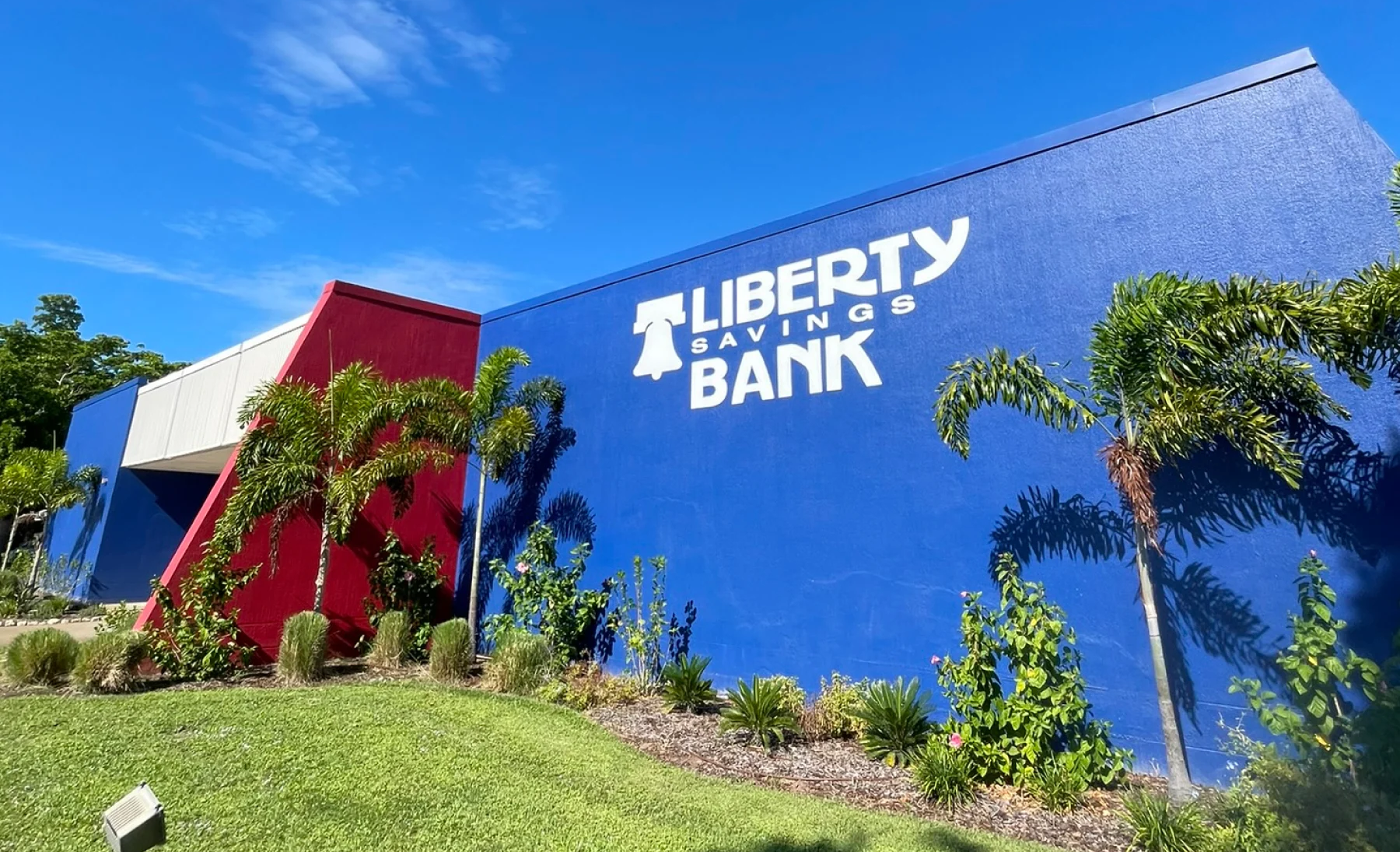Choosing a financial institution can feel overwhelming. With so many options available, it's easy to get lost in the details. Two popular choices are credit unions and community banks, both of which often prioritize serving local communities. However, there are key differences that can significantly impact your financial experience. This article will guide you through the distinctions between credit unions and community banks, empowering you to make an informed decision about which option best suits your needs.
Related Article: WHY YOUR MONEY MATTERS MORE AT A COMMUNITY BANK
Key Differences Between Credit Unions & Community Banks
Understanding the fundamental differences between credit unions and community banks is crucial for making an informed decision. Here's a breakdown:
Ownership Structure
Credit Unions: Credit unions are member-owned cooperatives, meaning you, as a member, have a direct stake in the institution. Profits are typically returned to members in the form of lower loan rates, higher savings yields, and other benefits.
Community Banks: Community banks are typically owned by local shareholders. While they prioritize serving the needs of their communities, they also operate as businesses with a focus on profitability.
Mission & Focus
Credit Unions: Credit unions often have a strong focus on member service and financial education, aiming to help members achieve their financial goals.
Community Banks: Community banks also prioritize serving their local communities. They offer a wide range of financial products and services, support local businesses, and actively contribute to the economic growth of the region.
Products & Services
Both credit unions and community banks offer a wide range of financial products and services to meet your needs. However, there can be some subtle differences:
Credit Unions:
- May offer unique products and services tailored to their members: These can include specialized loan programs, competitive rates on savings accounts, and financial education resources.
- Often emphasize member benefits: Credit unions may offer exclusive discounts, rewards programs, and other perks to their members.
Community Banks:
- Wide range of products and services: Community banks typically offer a full suite of banking services, including checking and savings accounts, loans (mortgages, auto loans, business loans), investment options, and wealth management services.
- May offer specialized lending options: Community banks often have the flexibility to make lending decisions based on individual circumstances and may be more willing to consider loan applications that might be declined by larger institutions.
It's important to note that the specific products and services offered can vary significantly between individual institutions, regardless of whether they are a credit union or a community bank.
Fee Structure
Both credit unions and community banks may charge fees for certain services. Here's a general overview:
Credit Unions
- Generally lower fees: Due to their not-for-profit structure, credit unions often have lower fees compared to larger banks.
- May have unique fee structures: Some credit unions may offer fee-free checking accounts or waive certain fees for members who meet specific requirements.
Community Banks
- Fee structures can vary: Fees may be competitive with larger banks, but it's essential to review the fee schedule carefully.
- May offer fee waivers: Many community banks offer fee waivers for certain accounts or services, such as online banking or mobile banking.
Important Note: Fee structures can vary significantly between individual institutions. It's crucial to compare fee schedules carefully and choose the option that best aligns with your banking habits and financial needs.
Customer Service
Both credit unions and community banks prioritize strong customer service and building long-term relationships with their clients.
Credit Unions
- Known for personalized service: Credit unions often emphasize personalized service and building strong relationships with their members.
- May have a strong focus on member satisfaction: Credit unions often prioritize member satisfaction and may be more responsive to member feedback and concerns.
Community Banks
- Emphasize local relationships: Community banks are deeply rooted in their local communities and often emphasize building strong relationships with their customers.
- May offer personalized service: Community banks may offer more personalized service than larger banks, with easier access to local decision-makers.
Ultimately, the quality of customer service can vary significantly between individual institutions, regardless of whether they are a credit union or a community bank.
Factors to Consider When Choosing Between a Credit Union & Community Bank
Choosing between a credit union and a community bank depends on your individual needs and priorities. Here are some factors to consider:
Your Financial Goals:
- Are you saving for a down payment on a home, planning for retirement, or starting a small business?
- Different institutions may offer better rates or more suitable products for specific financial goals.
Your Banking Habits:
- How often do you visit branches?
- Do you primarily use online or mobile banking?
- Consider the availability and convenience of branches and ATMs.
Your Financial Needs:
- What types of accounts do you need (checking, savings, money market)?
- Do you require specific loan products (mortgages, auto loans, business loans)?
- What are your investment needs?
Community Involvement:
- How important is it to you to support local businesses and contribute to the economic growth of your community?
- Consider the community involvement of both credit unions and community banks in your area.
By carefully considering these factors, you can determine which type of institution is the best fit for your financial needs and priorities.
Finding the Right Fit For You
Once you've considered the factors outlined above, take the following steps to find the right financial institution for you:
Research Local Options
- Use online resources, such as bankrate.com or your local Chamber of Commerce, to identify credit unions and community banks in your area.
- Visit the websites of potential institutions to learn more about their products, services, and fees.
Read Reviews and Testimonials
- See what other customers have to say about their experiences with local credit unions and community banks.
- Look for online reviews and testimonials on platforms like Google, Yelp, and social media.
Ask Questions
- Contact potential institutions directly with any questions you may have.
- Visit branches in person to speak with a representative and get a feel for the customer service experience.
- Inquire about specific products and services that are important to you.
By taking the time to research your options and ask questions, you can ensure that you choose a financial institution that meets your needs and provides you with excellent service.
How to Find the Right Bank for You
Choosing between a credit union and a community bank ultimately depends on your individual needs and priorities. Both offer a range of financial products and services and prioritize serving their local communities.
By carefully researching your options, comparing fees and rates, and considering your individual needs, you can make an informed decision about the best financial institution for you.
Building a strong relationship with your chosen financial institution can provide you with valuable support and guidance as you navigate your financial journey.



